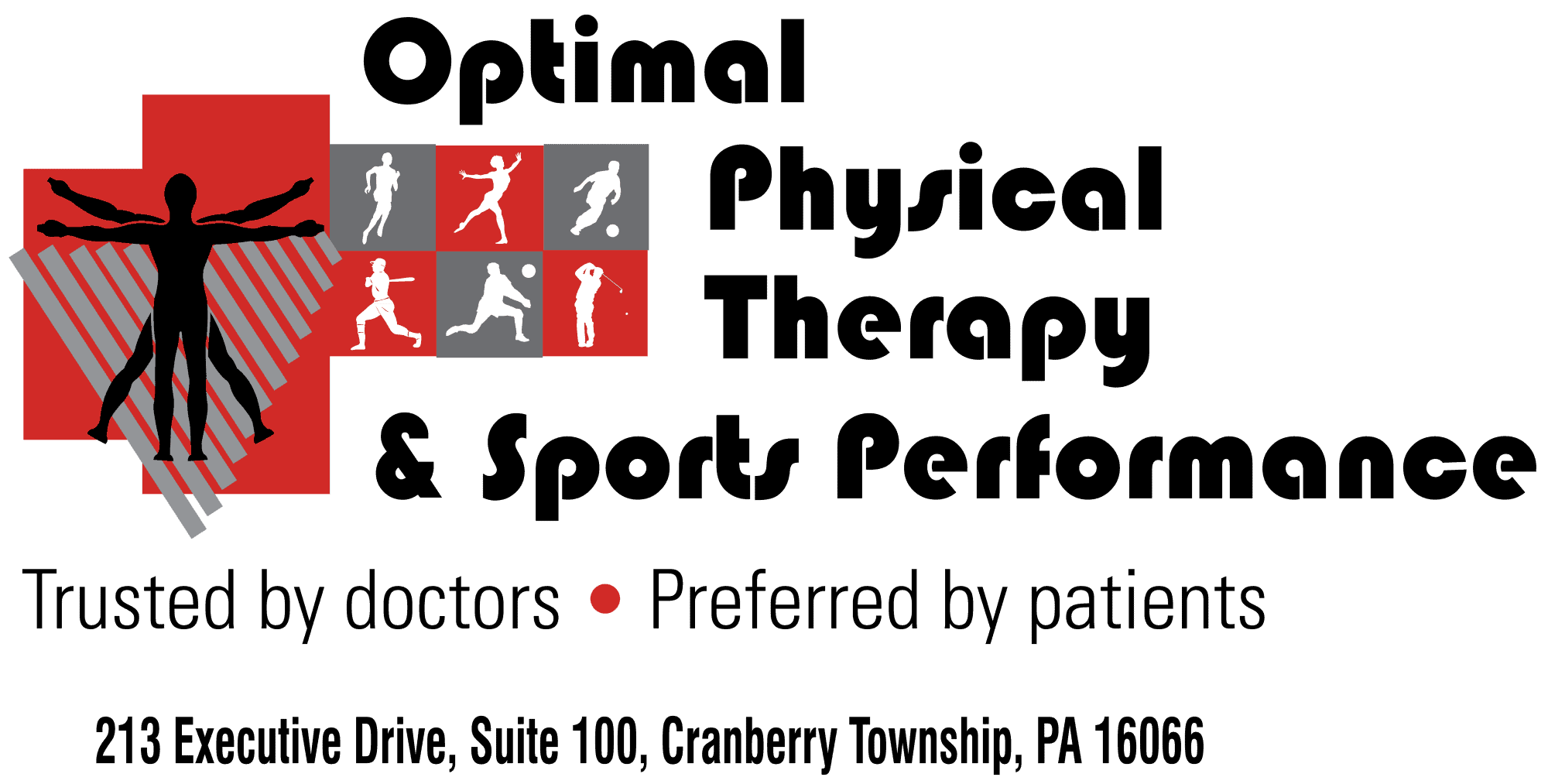
Your spine is designed to support you and help you carry yourself. It is mechanically designed with unique curvatures and interconnections to give you freedom of movement as well as support so that you can complete tasks. Muscles attaching to the front and back of your spine also work most effectively to produce healthy motion when your spine is in good postural alignment.
Modern life can be both sedentary and stressful. Many persons face long commutes sitting in cars or airplanes. Students spend long hours at desks and hunched over tablets and phones. Work follows us home where we often are on computers and various devices all of which place us in poor postural positions. Our spines were not designed for the amount of time that we position ourselves throughout our modern lifestyles. Modern conveniences are creating detrimental postural configurations which definitely contribute to the development of neck/back pain, headaches and shoulder impingement syndromes. Forward head posture can definitely be avoided once you know what to do.

When the spine is held in good alignment, the forces through the spine are minimal. However, these forces change when a more forward head position is assumed. Mechanically, these increases in force will, over time, result in the wear and tear of the small joints of the neck and the intervertebral discs which cushion the spine. It also creates changes in the length and flexibility of the muscles that control posture, neck movement. and the ability to generate the strength in our arms needed to complete tasks. Poor postural habits accumulate into these types of changes which eventually lead to physical problems that are hard to change and symptoms of pain and weakness.

You can overcome poor postural habits of forward head simply by becoming aware of how you are holding yourself. Be mindful of the way you move, work, drive and use your computer/laptop. Start with one small change at a time.
DRIVING: Adjust your seat so that you can see comfortably over the wheel without straining your neck. Adjust the position of the wheel so that you are not holding your shoulders too tight. Consider a small lumbar pillow/roll or rolled up beach towel in the curve of the small of your low back which will help you sit up taller in the car seat and not be rounded. When you are stopped at a red light, periodically do a posture check and pinch your shoulder blades together for a few repetitions and retract your neck like a turtle pulling itself back into its shell (chin tuck exercise) or do some backward shoulder rolls. If you have to drive extensively, make sure you are taking breaks every 2-3 hours. Get out and walk around for a few minutes at a rest stop.
WATCHING TV OR THINGS ON LAPTOP: Sit so that your back is supported all the way up to your neck. Use some throw pillows to rest your elbows or the side of the couch. Try to sit facing TV directly so that you do not have to hold head turned to one particular side for long periods of time or change furniture position to change the rotation of your neck. If you are using a laptop, bring it up to eye level so that you are not looking down to watch it. Use a bed tray if watching in bed and a backrest pillow. Get up periodically during commercials or build break time into your binge watching. Get up and move around which helps muscles relax and reset.
BRING YOUR TASK TO YOU NOT YOU TO THE TASK:

Minimize the strain on your body by doing tasks smarter. Protect your spine by adjusting work surfaces and everyday tasks. Analyze how you are doing things and think of ways that do not make you have to bend so often to complete them. Hold your phone up to face level to read things! Use the same principle in operating your phone. You can type with the phone elevated and not have to look down at it all the time!
CONSIDER EXERCISE THAT CAN HELP COUNTERACT THE STRAIN:
Stretching the pectoral muscles and strengthening the upper back muscles that cover your shoulder blade region can help keep the natural mechanical design that we have to work and move daily without pain. Contact Optimal Physical Therapy and Sports Performance if you are interested in learning about specific exercises that would be helpful to you!
We at Optimal Physical Therapy and Sports Performance are the experts at helping you put your life back into motion after injury or general life wear and tear. If you are having problems with your neck, shoulders, back or headaches, contact us at (724)779-1300 -we can help!!!



